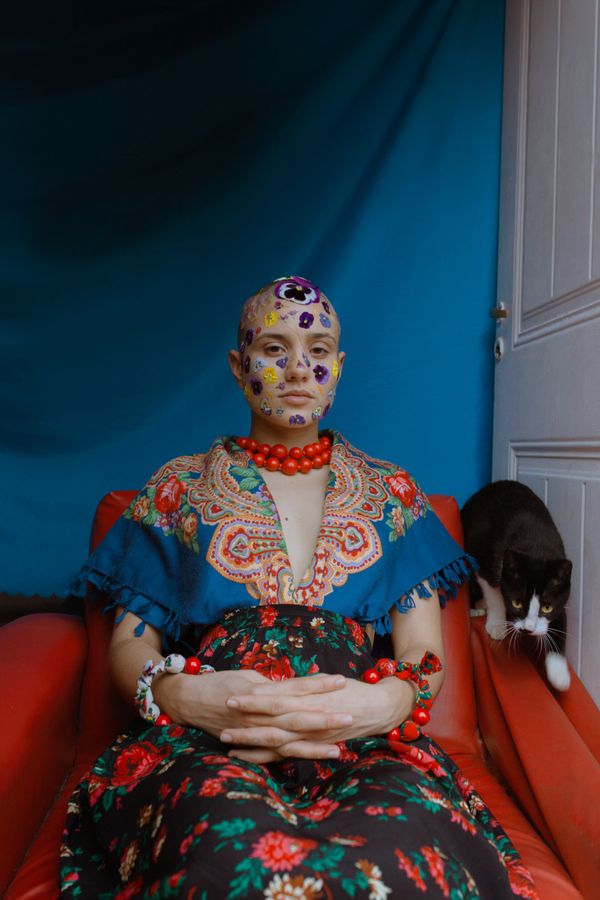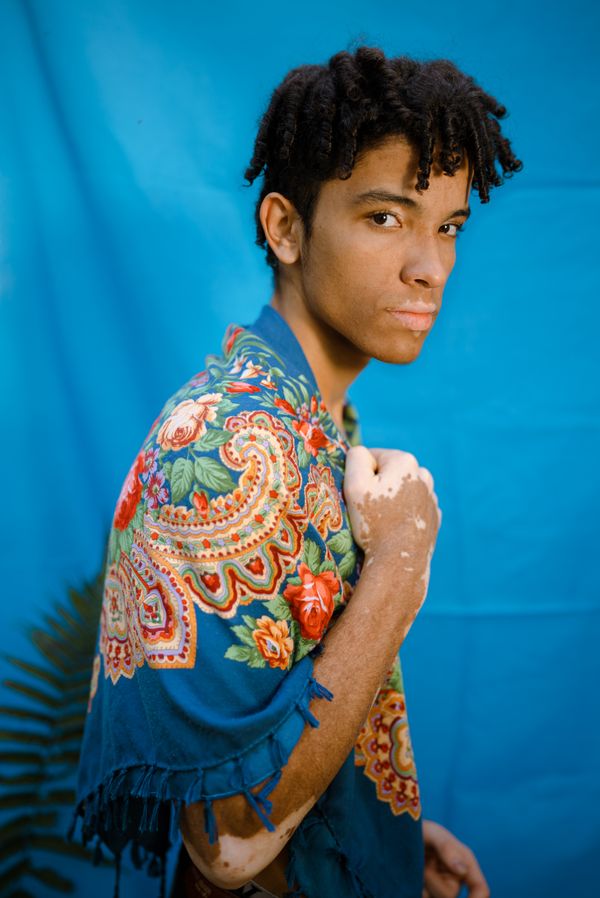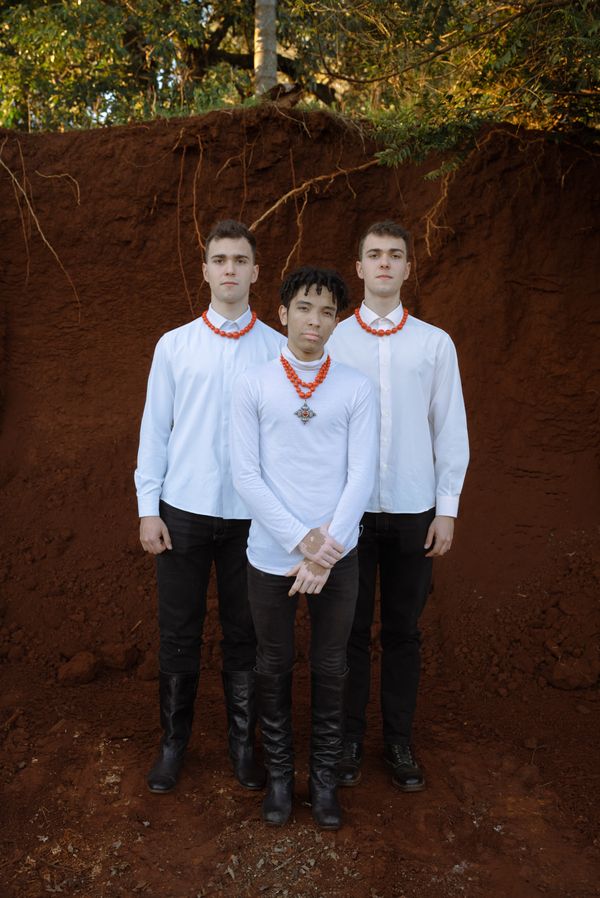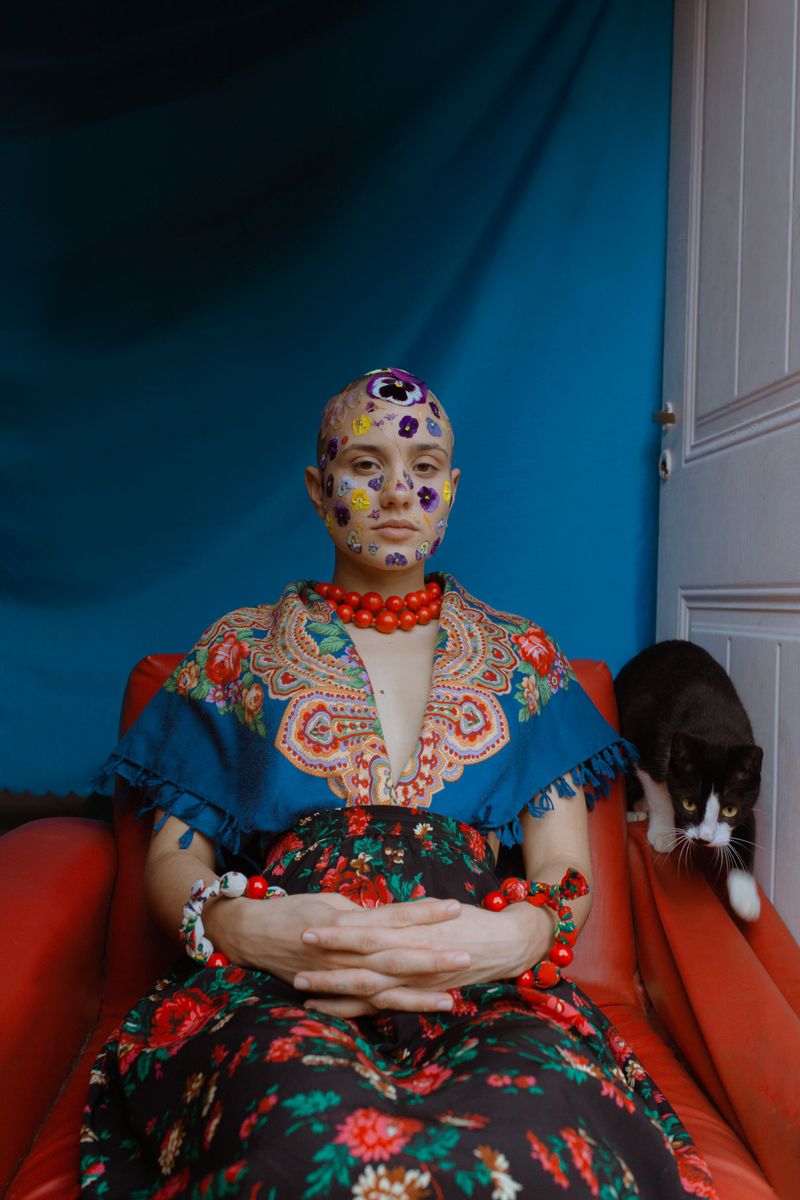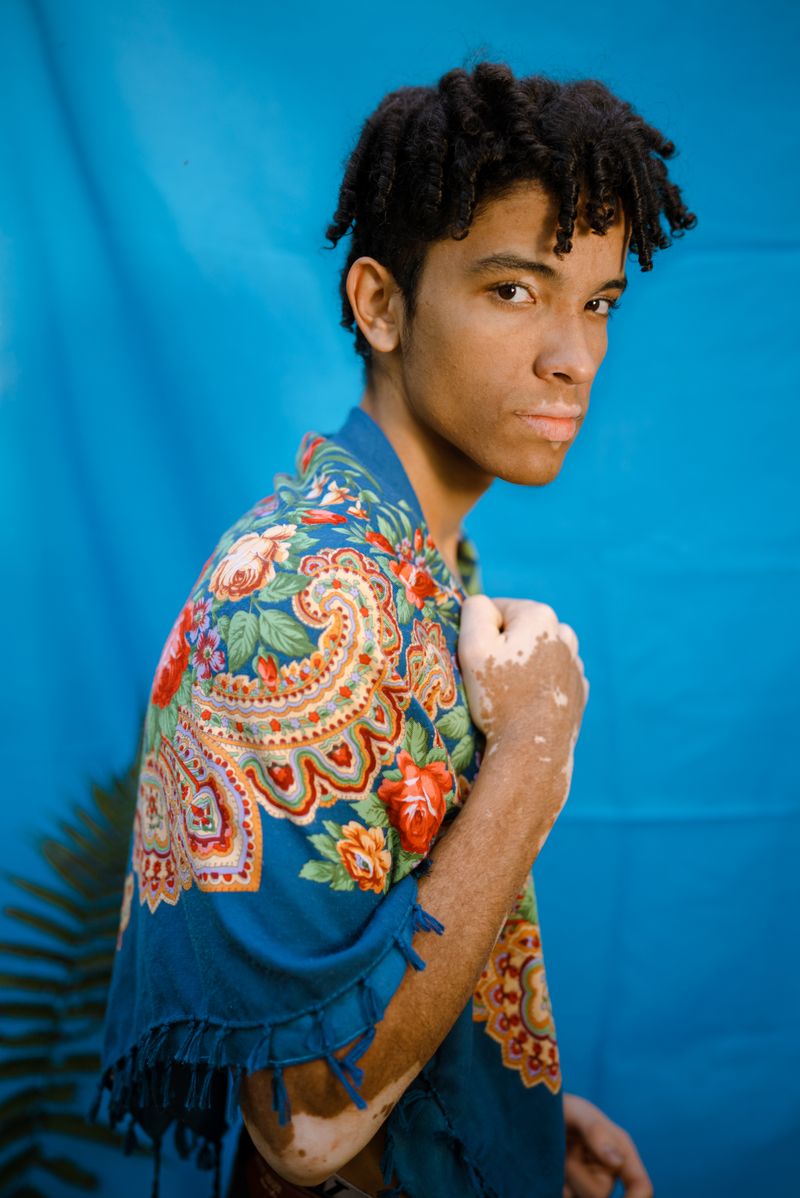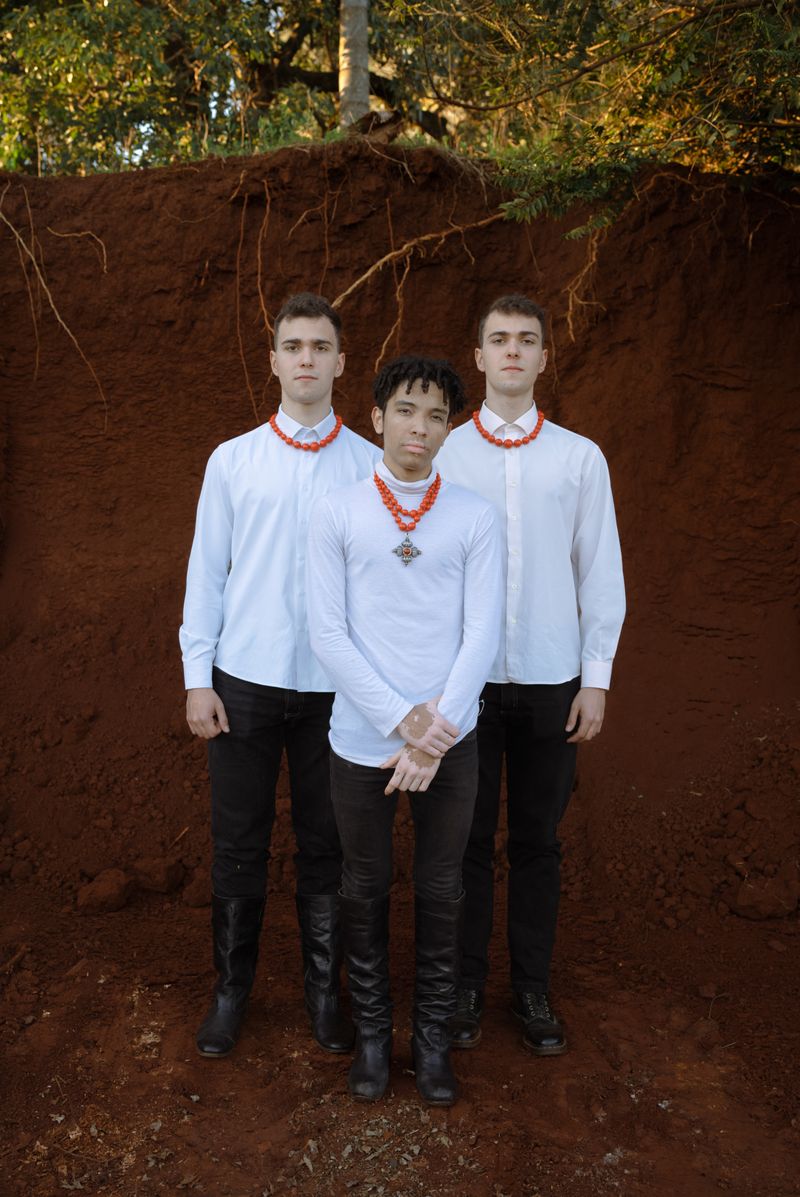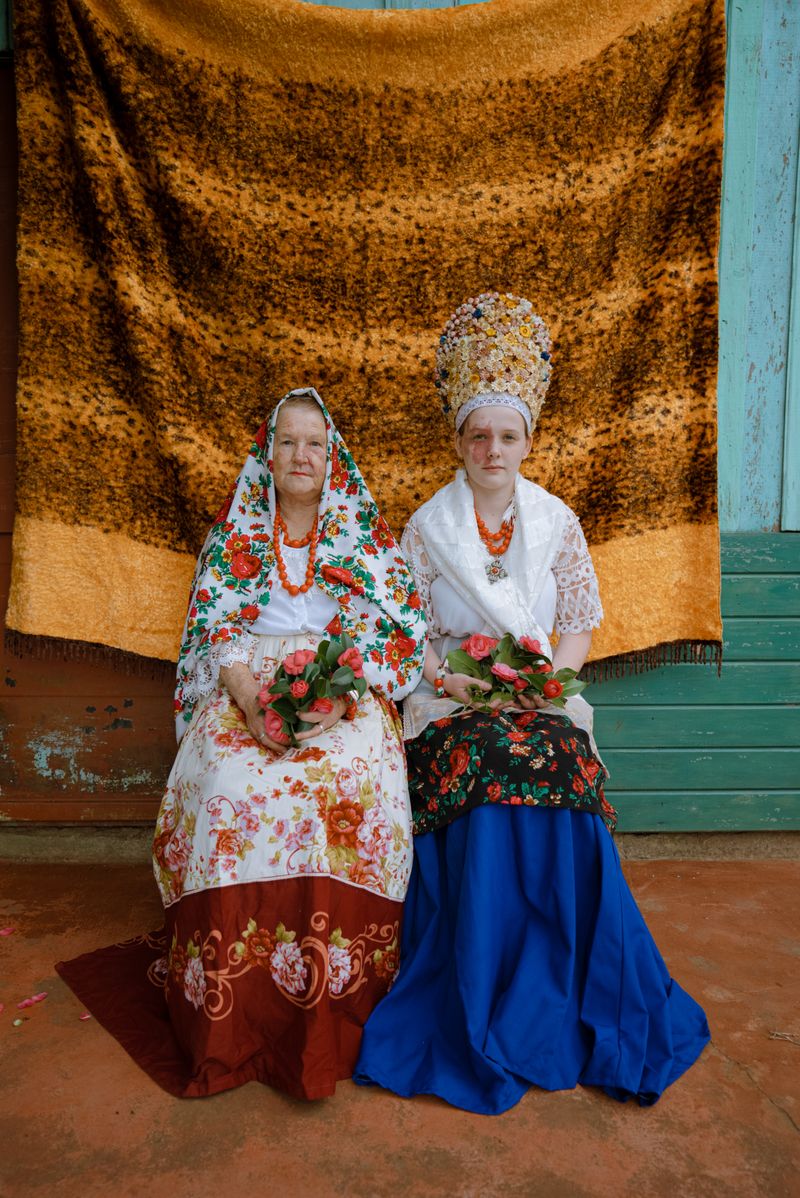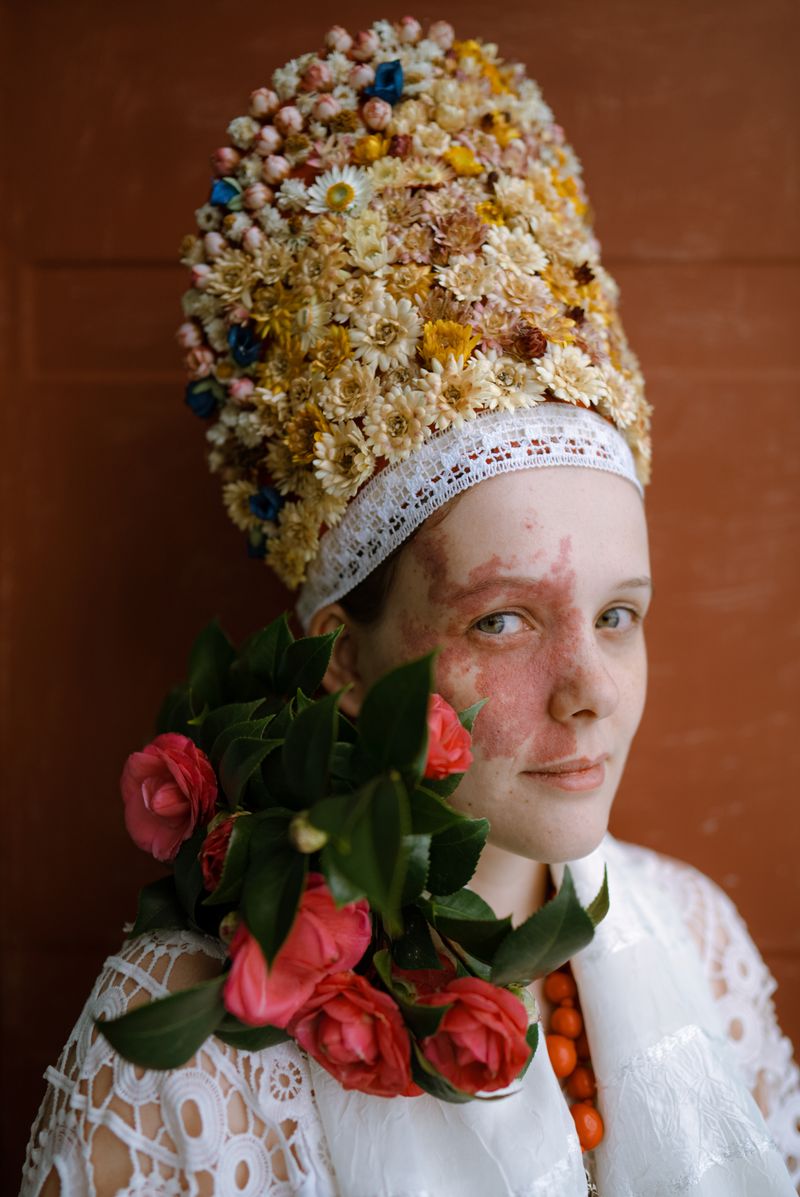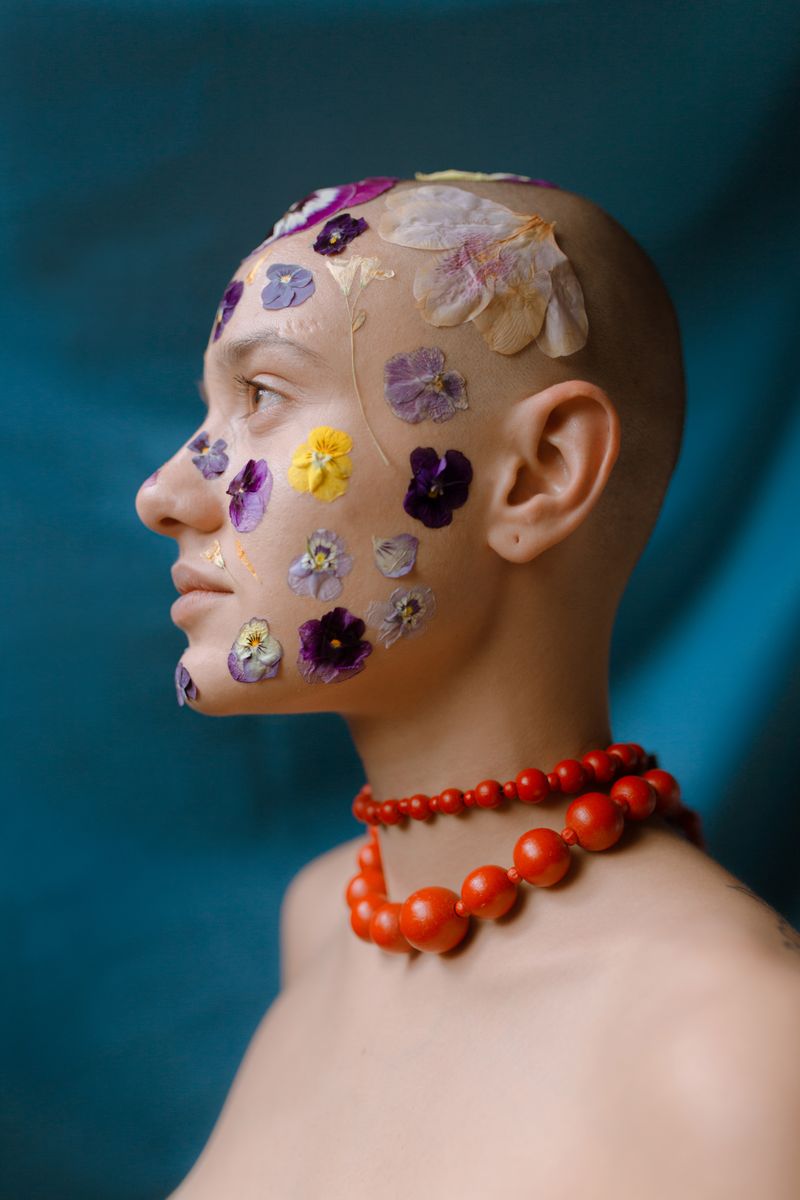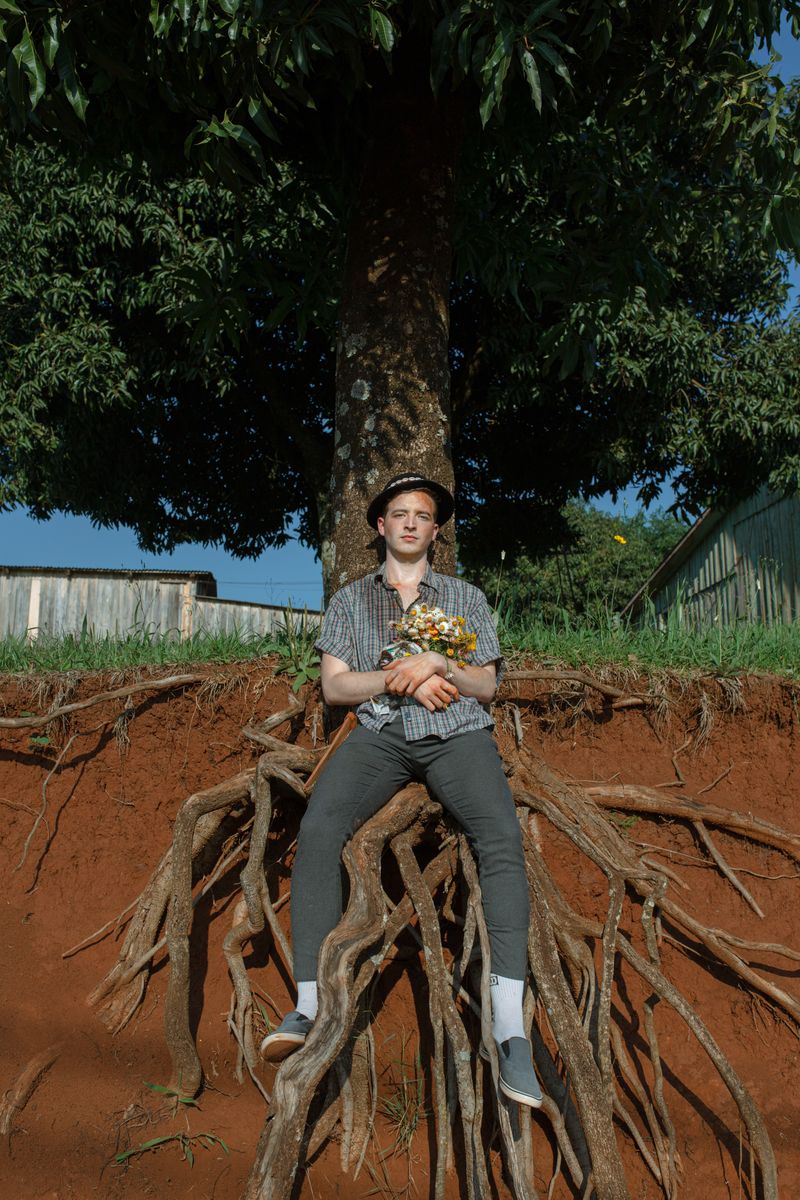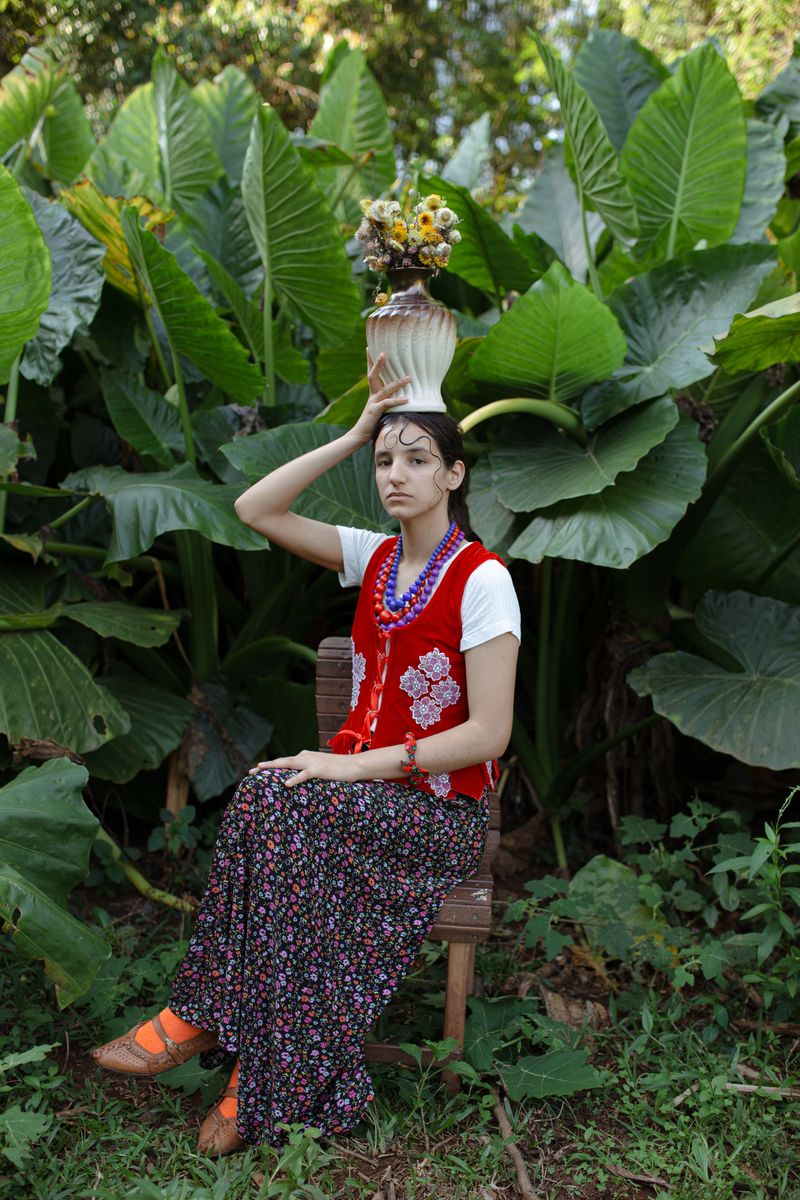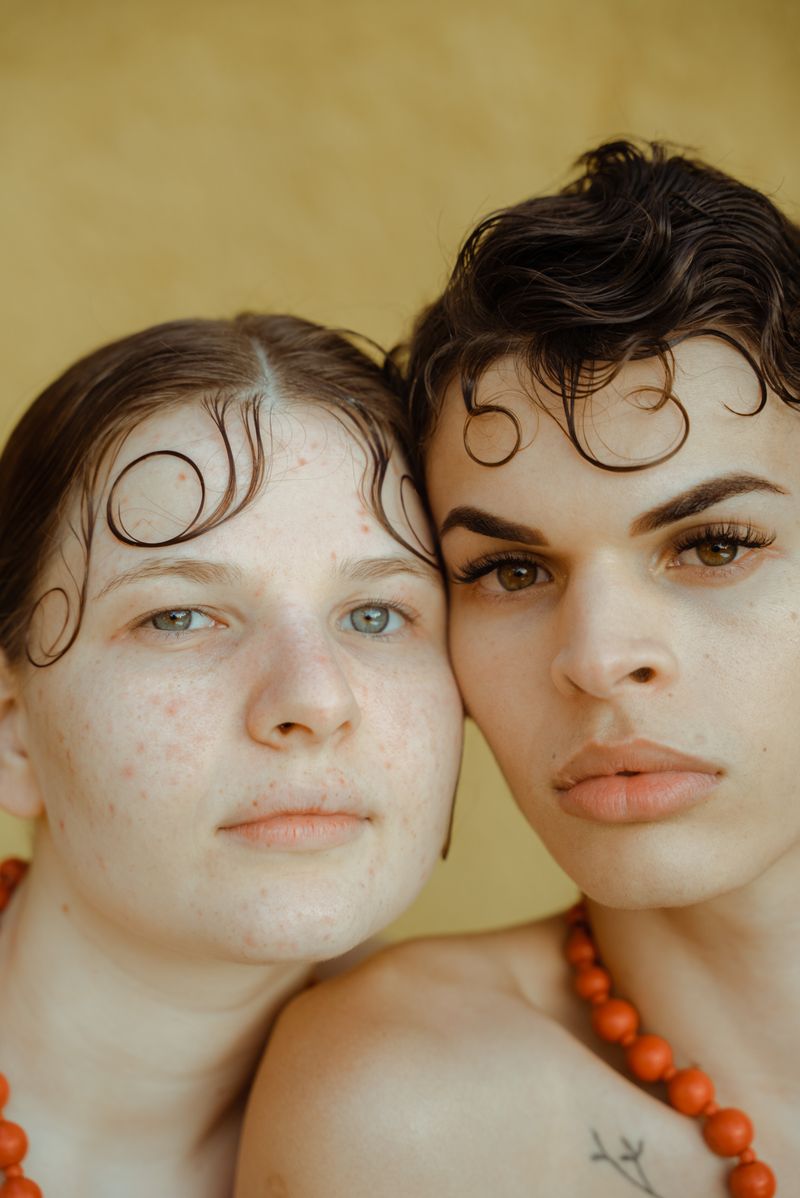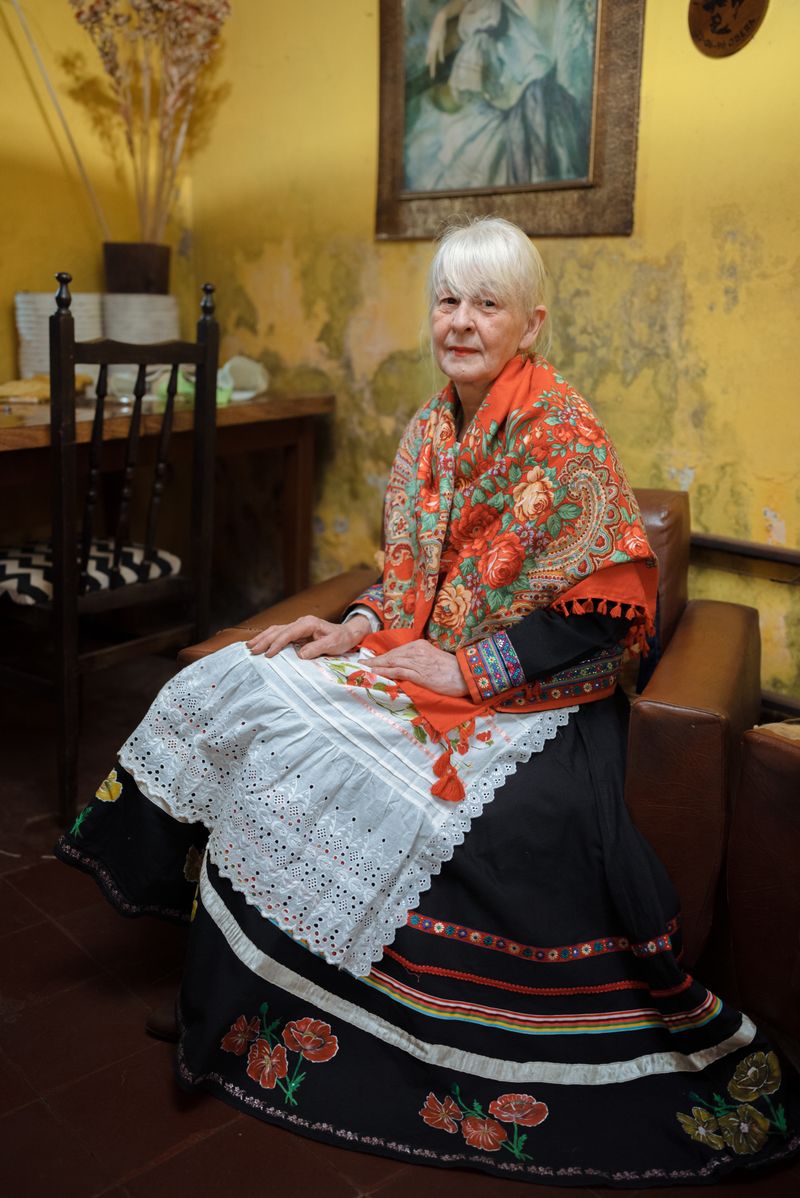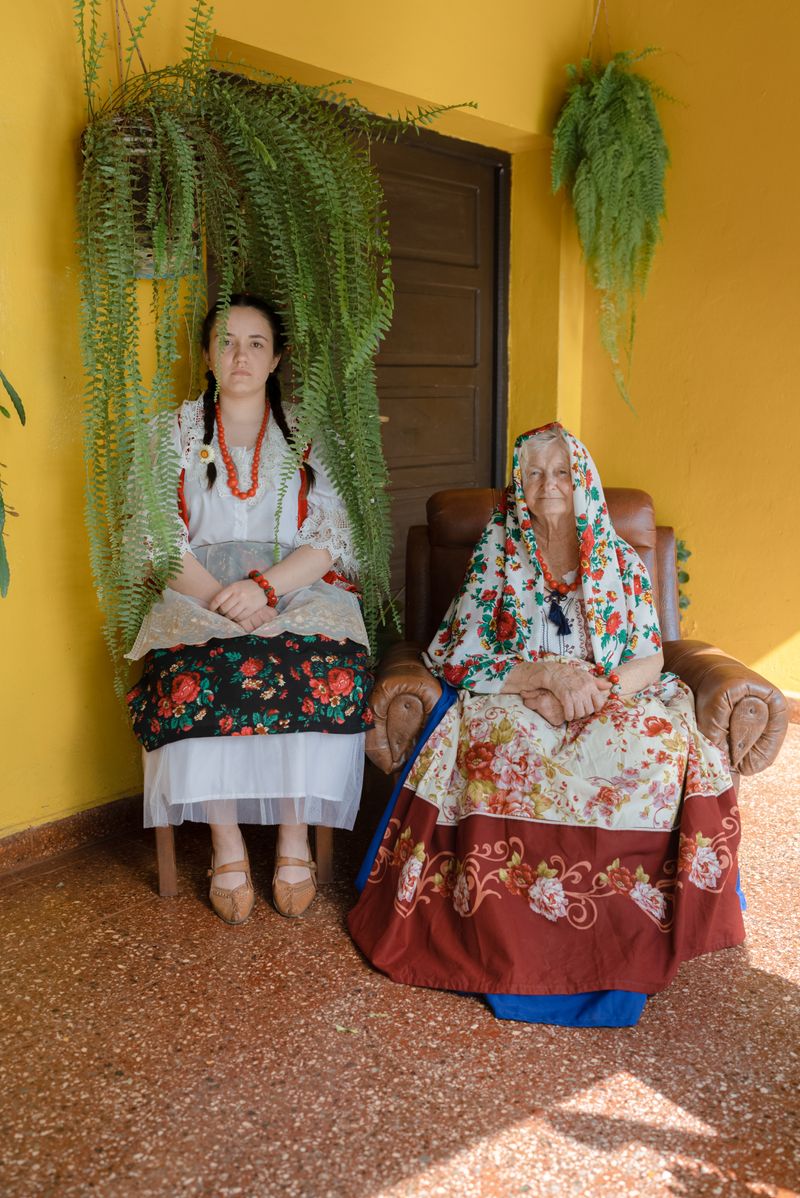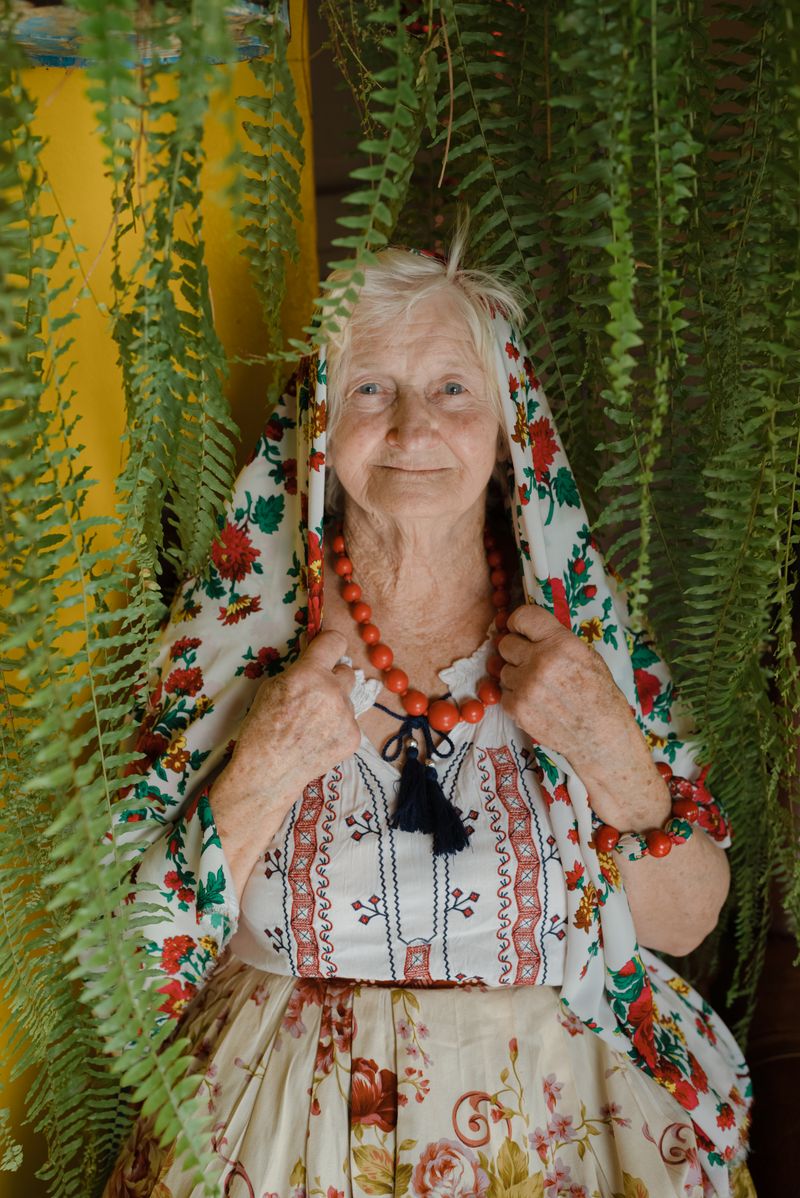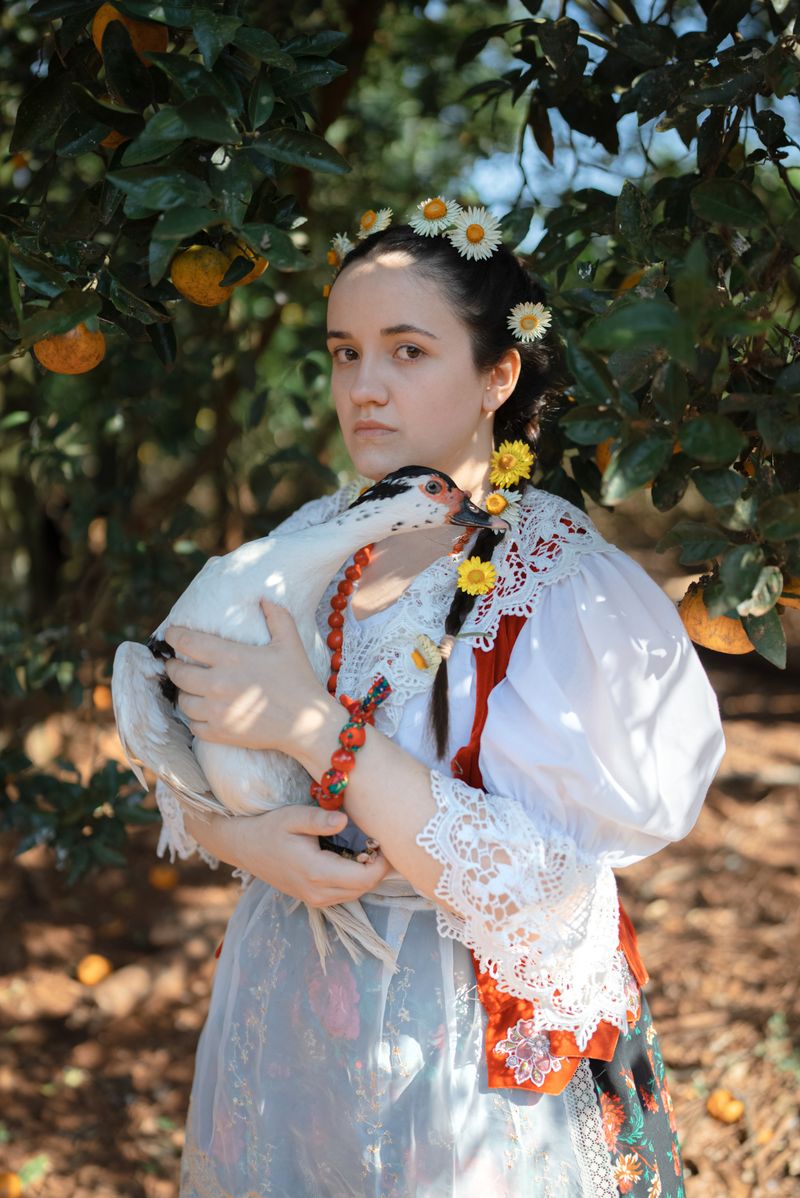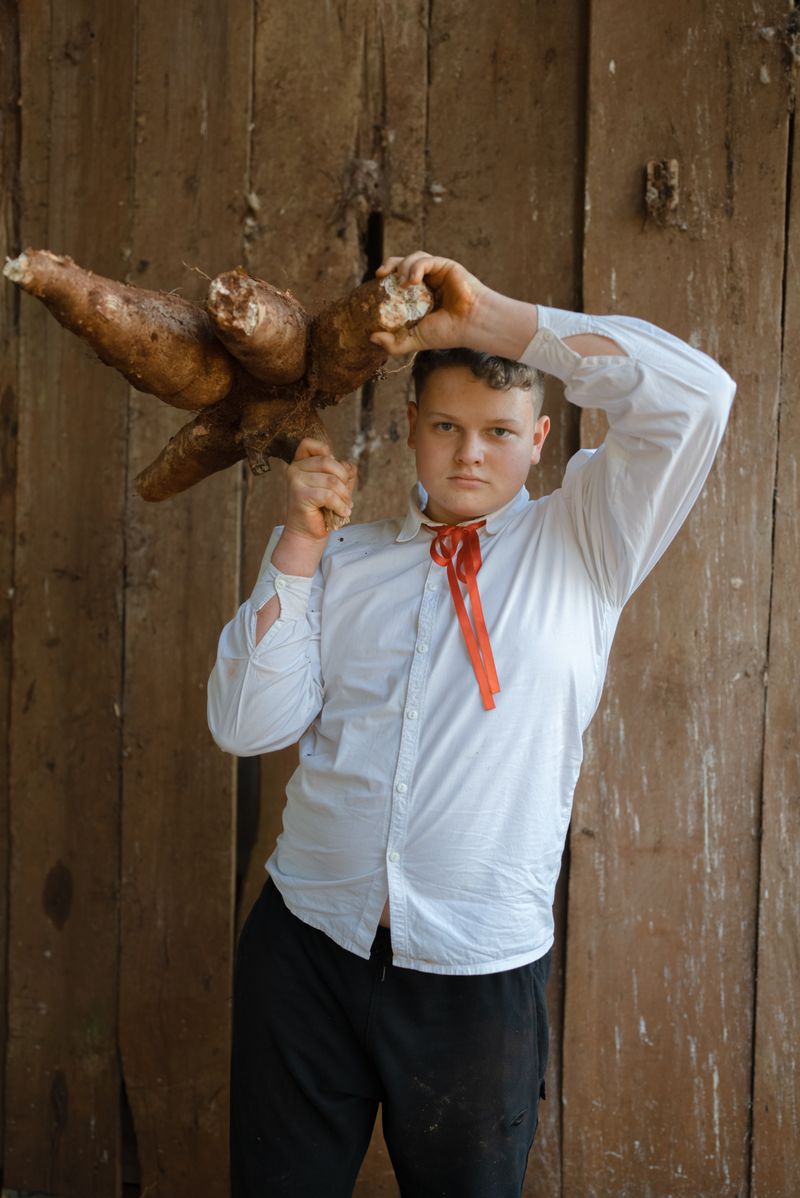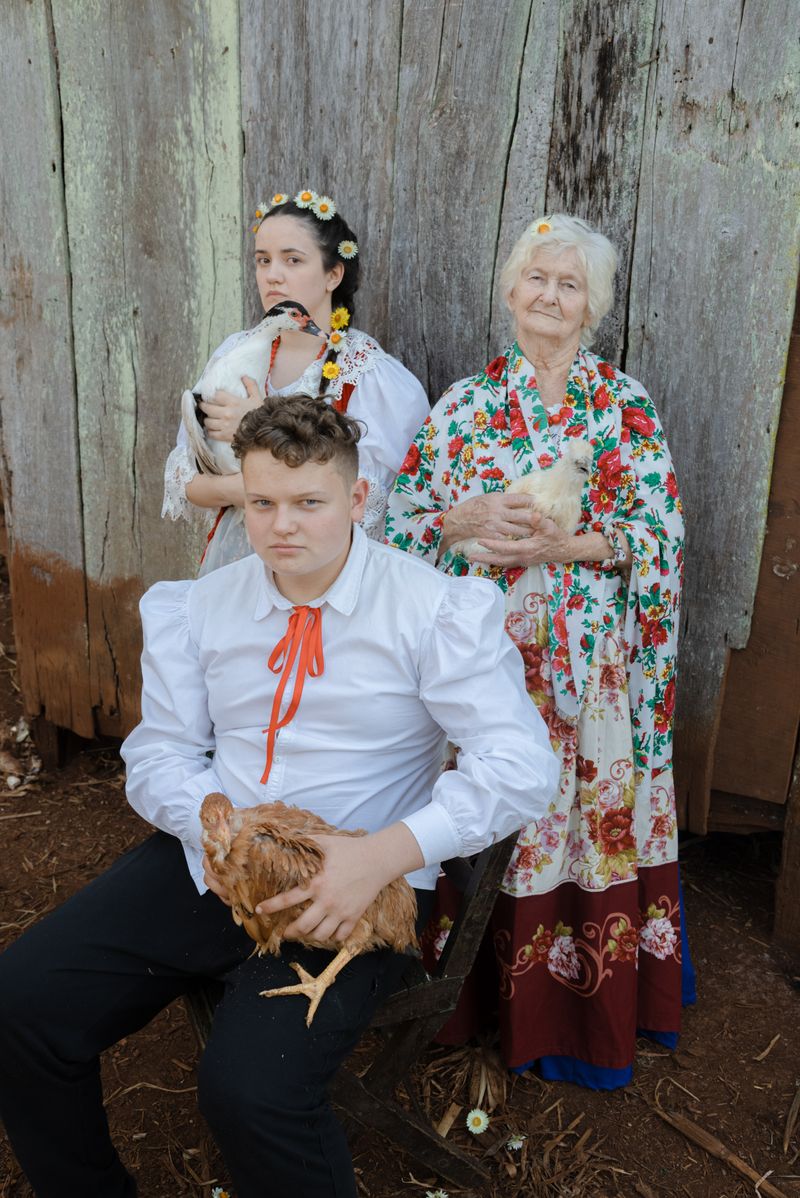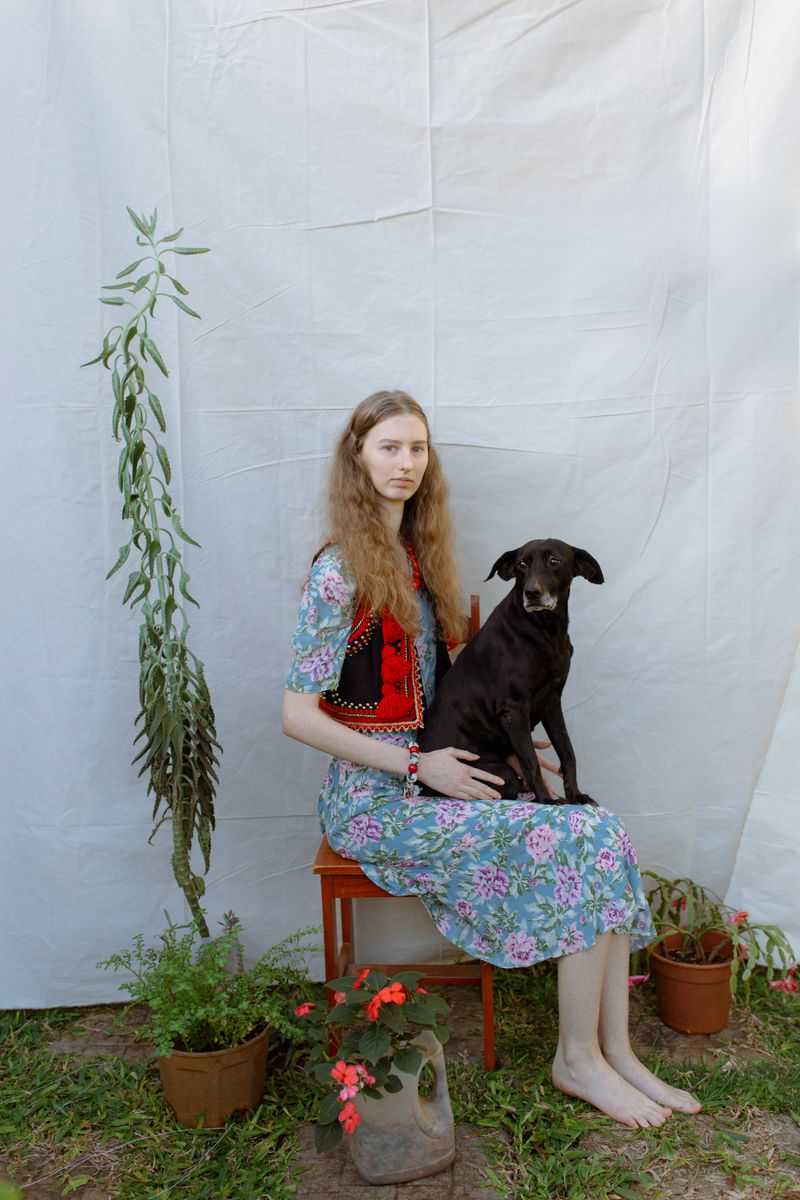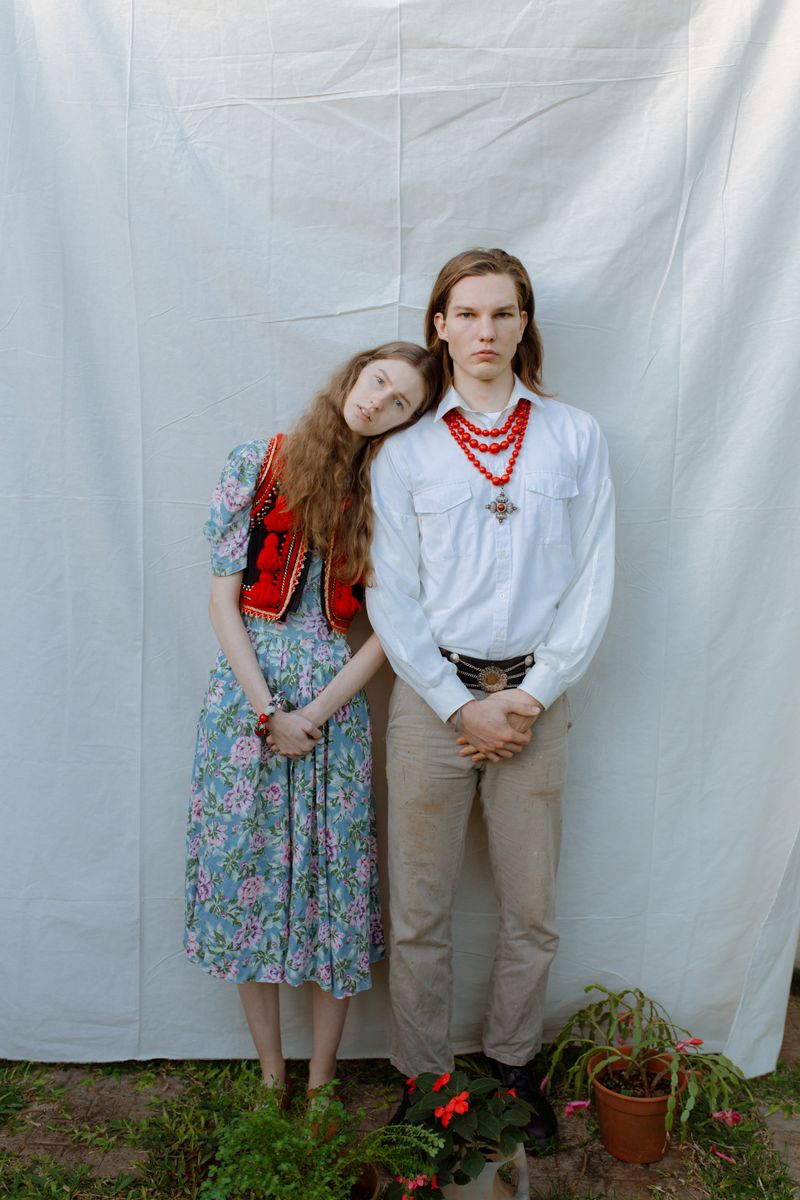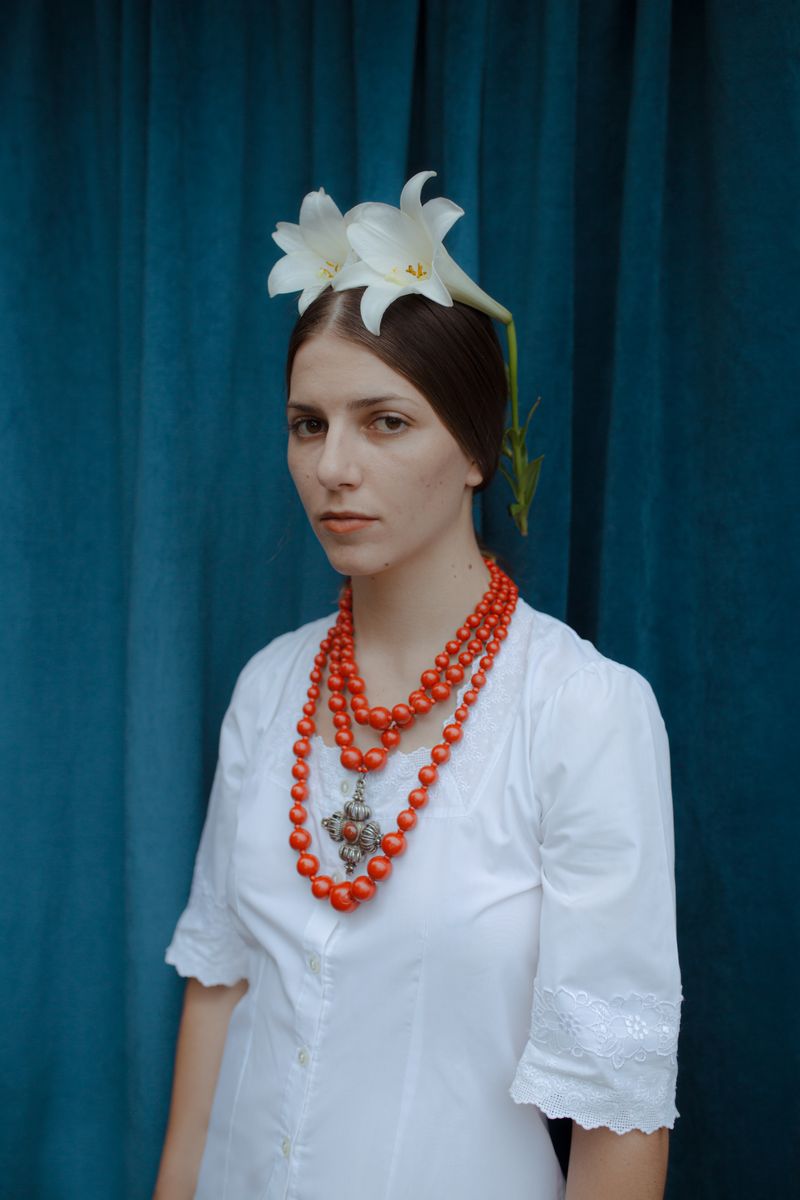RAÍCES, del bosque a la selva
-
Dates2021 - 2021
-
Author
- Location Oberá, Argentina
"The mother root was in a distant land, on another continent crossed by the infinite waters that now separate it from its stems. The uprooting occurred abruptly at the end of the 19th century and the beginning of the 20th, when the stems of that mother root left their land behind, their forest, their identity to grow and take root in a new land, in the jungle. But this new land, hot and red, was already inhabited, full of other roots. This marked the beginning of an inevitable process of adaptation, of coexistence with diversity. Despite this, the stems retain the nature of their roots, they never cease to be what they are, their identity evolves by nourishing and absorbing the new land in which they develop. In the depths of their being they conserve their origin, and when they branch out they flourish in feelings towards a culture that, even though it is already almost faded, survives latent for generations. They retain the sense of belonging, a great “techaga’u" for their mother root, for their ancient land. Feelings of longing, nostalgia and melancholy for that land, now almost unknown, almost absent, and yet, paradoxically so close, so own. Techaga’u —a beautiful Guaraní word (language of the Guaraní indigenous peoples of South America)— expresses this strong feeling of longing that is very present in Misiones (Argentina). Its mention here is important, since the mother root of our region is the Guaraní, and this has taken root along with other roots in the soil of Misiones.
In the jungle, the roots carry diversity and adaptation in their essence, they tend to meet and communicate, to collaboration and coexistence, to the mixture that gives rise to a new identity, new traits, new customs, new culture. This is how the Polish community was born and evolve in Misiones, in the jungle that makes it diverse.
Argentina was one of the new world countries that received more immigrants in the period of mass emigration. In the province of Misiones immigration began at the end of the 19th century with Polish immigrants, after that, waves of immigrants arrived from Poland and others European countries, who settled in communities, founding towns and cities and forming what is now days “Misiones”. The communities of immigrants and descendants are very important for understand the history of Misiones, where a sociocultural phenomenon occurs in which immigrants and descendants feel great attachment and belonging to their mother country, to the culture and traditions of yesteryear, echoing the longing for a distant land that feels so much its own.
Misiones is located in the north of Argentina, on the border with Brazil and Paraguay. Within the province is the “Selva Misionera”, one of the most biodiverse subtropical regions on the planet, very different from the forests of Europe, its geography, climate and diversity of species. "ROOTS, from the forest to the jungle" refers to the uprooting of these cold and temperate European forests to enter and take root in the subtropical forest full of other cultures, ethnics, traditions, species and languages, rising a new identity. A quarter of the population of Misiones has Polish roots, today most of us are four generation descendants. Our culture is made up of a rich mix between our own, the culture of our European immigrants and the natives of our land. Communities play a fundamental role here, it is part of our idiosyncrasy and our culture, a sociocultural phenomenon where there is a great attachment and longing for a distant homeland that feels like its own. This project aims to make visible this individual feeling that becomes collective showing the diversity of the Polish community, deconstruct stereotypes and show the rich mix between different cultures and ethnicities.
